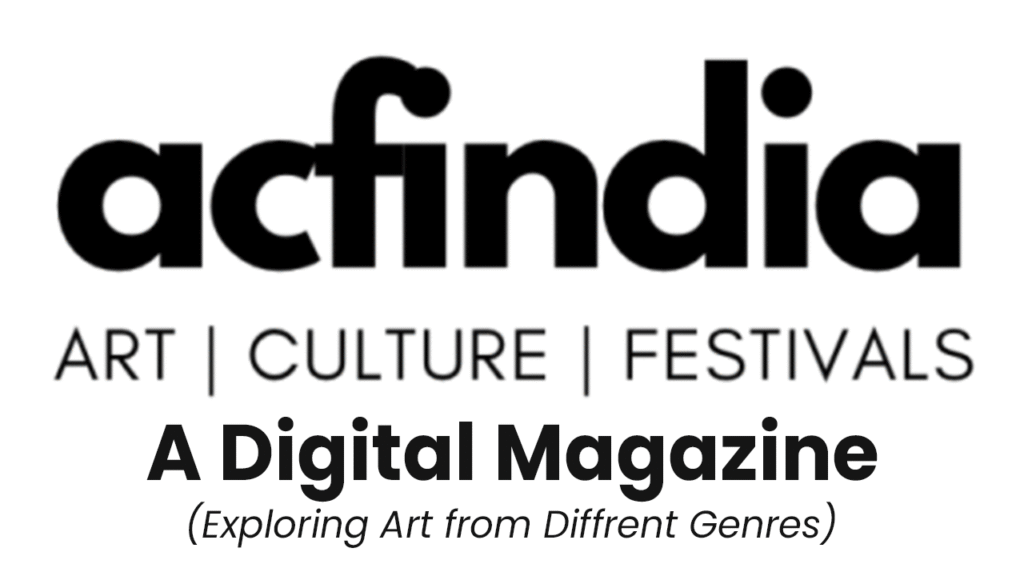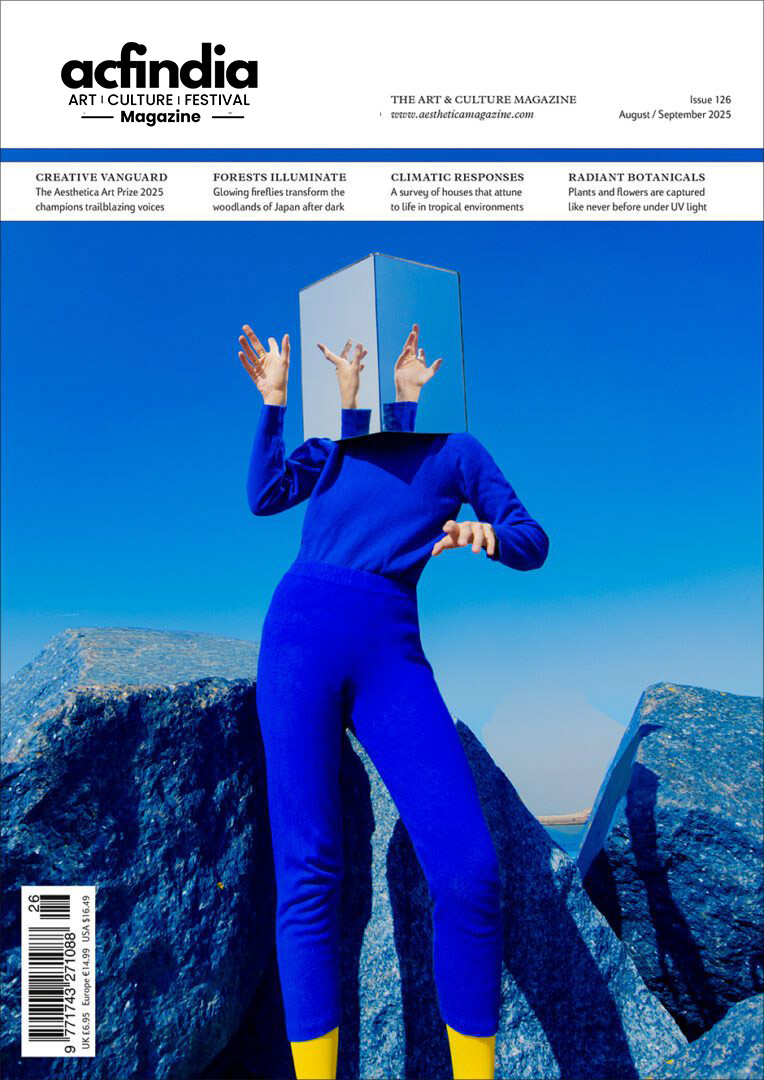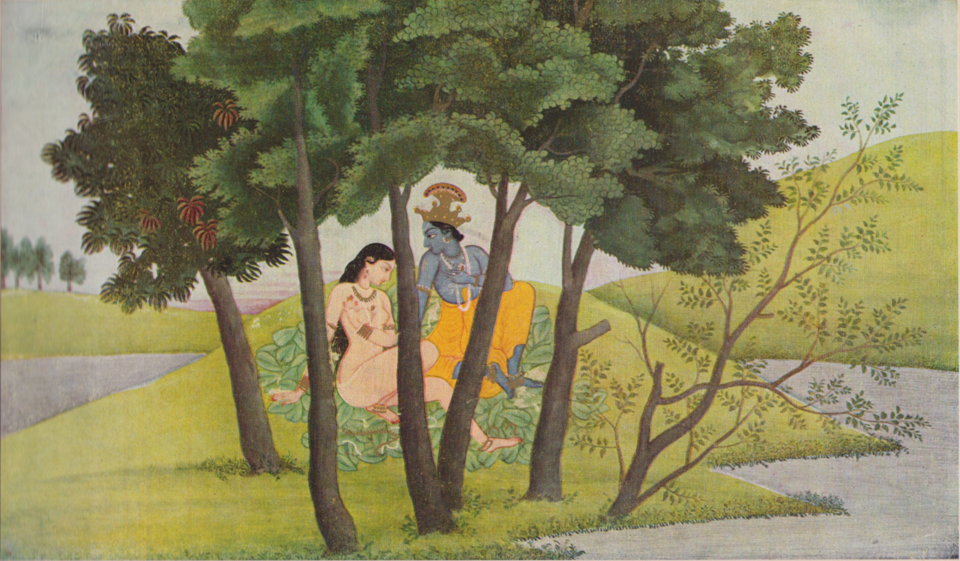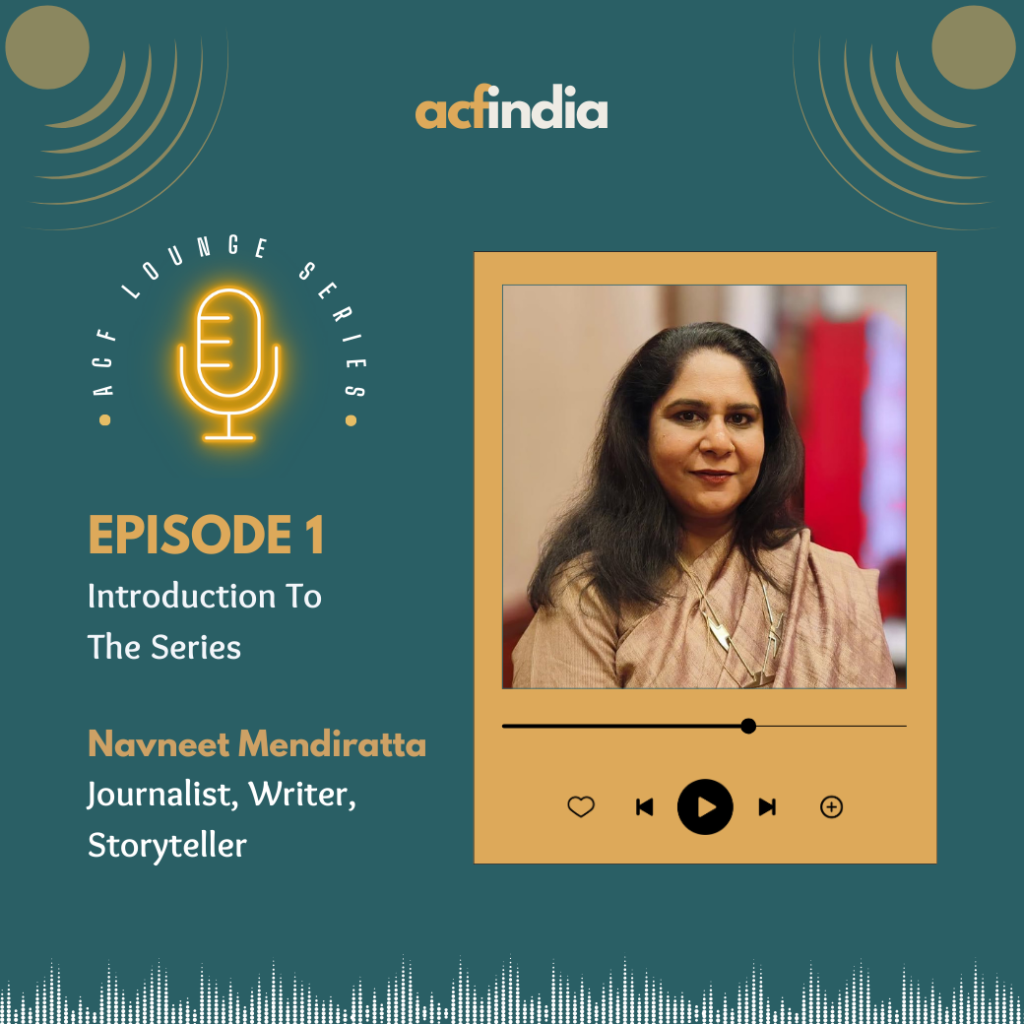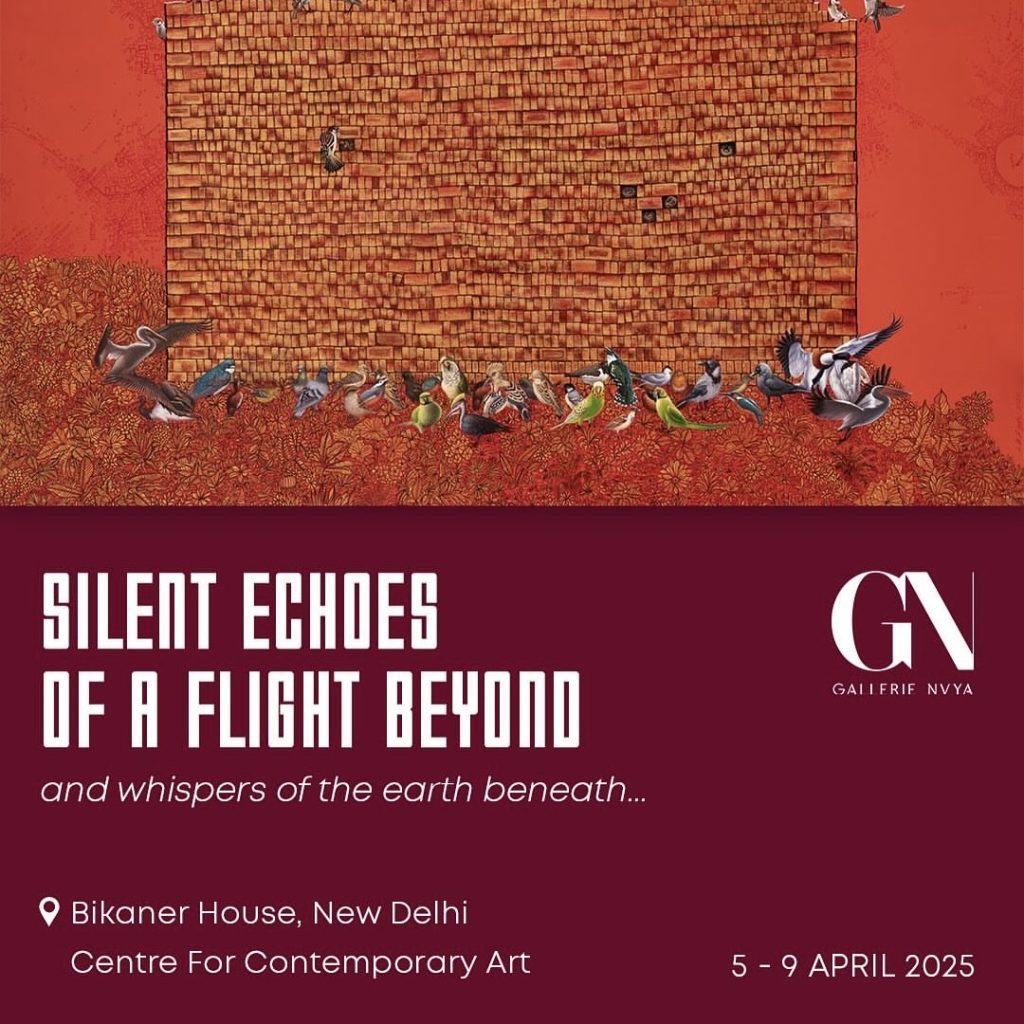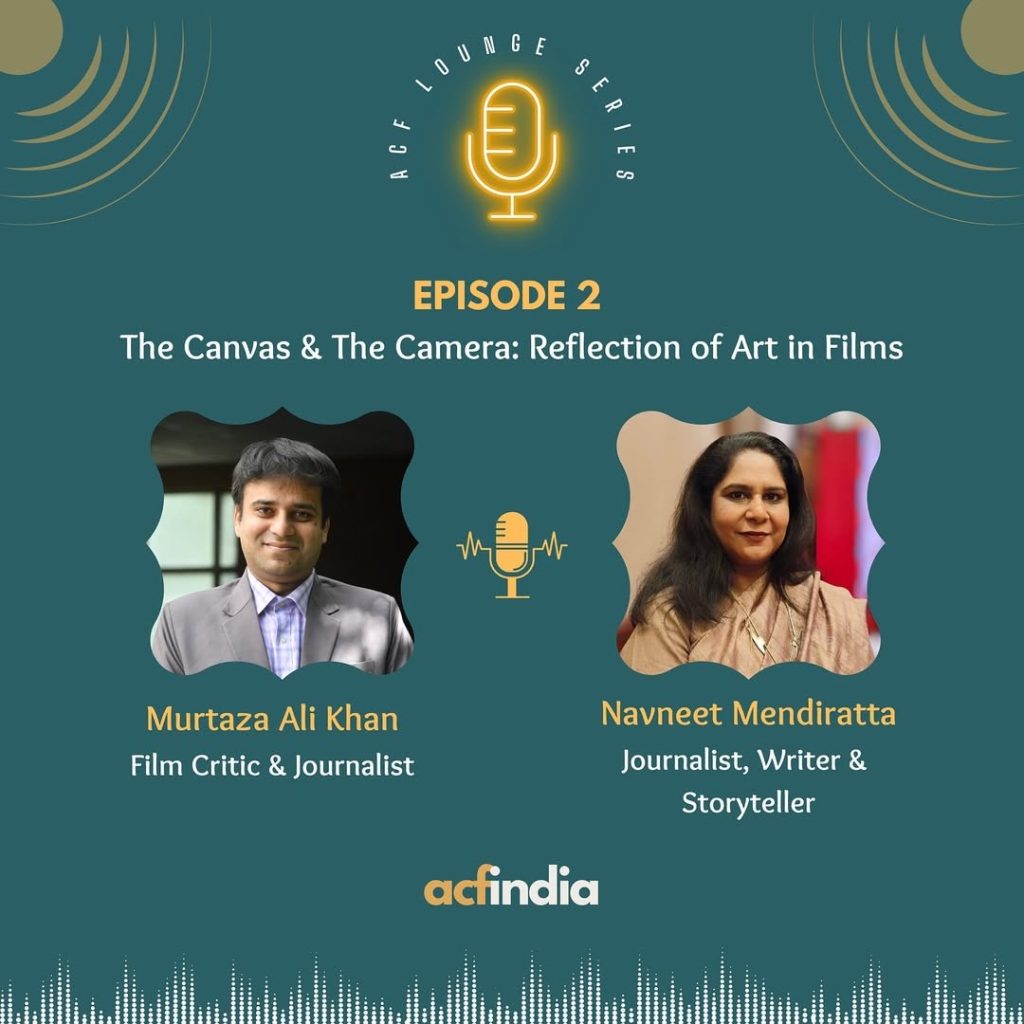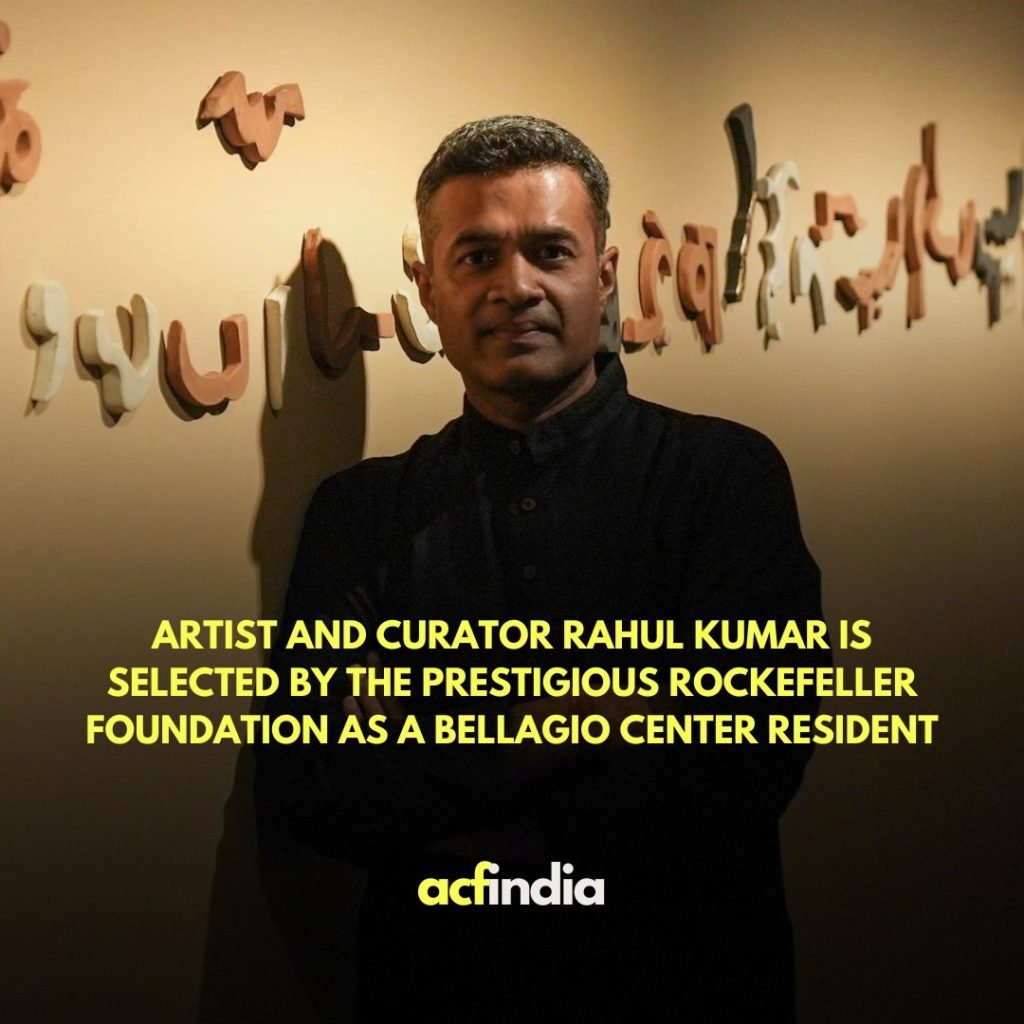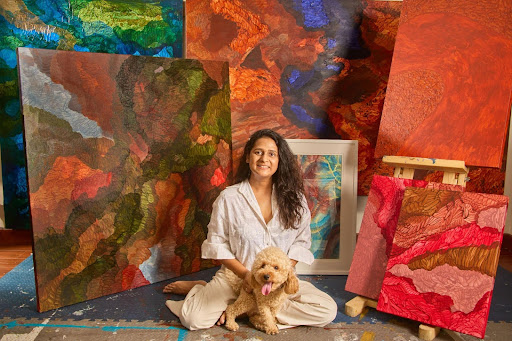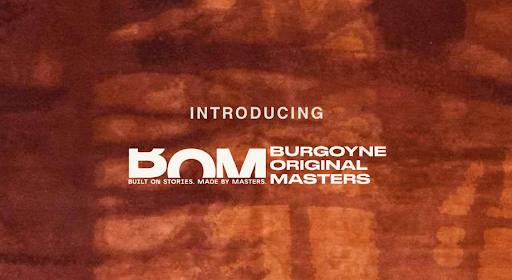By- Chahat Sharma
Love has whispered through Indian art across centuries. It has been carried by verses, in melodies, and above all, in paintings. Miniature painting traditions of India, be it Rajasthani, Deccani, Mughal or Pahari- have long turned timeless love stories into colourful grounds of artistic imagination. Romance in Indian paintings is never just about two lovers, it is about longing, divinity, memory, cosmic union, and above all the ache of separation.
Love is not merely about emotions in Indian aesthetics; it is a rasa, a subtle feeling that permeates poetry, performances, and paintings alike. Rooted in the classical theory of Nāṭyasāstra, Sringara rasa is considered the foremost among the nine aesthetic moods in Indian art and literature. Sringara, the aesthetic of love, beauty, and desire, captures both the yearning and aching of separation and the happiness of union. Across Indian painting traditions, Sringara becomes the lens through which artists render love not just as a story, but as an emotional and spiritual experience, transforming pigments into visual poetry.
Radha Krishna: The Eternal Divine Love
No love story has been more visually celebrated than that of Radha and Krishna. Their relationship, delicate yet passionate, spiritual, and profoundly human at the same time. This relationship forms the bedrock of Bhakti art.
In the National Museum, New Delhi, 18th-century Kangra paintings often depict Radha with eyes full of yearning as Krishna plays the flute under the shade of Kadamba tree. These paintings evoke the emotional essence of devotion. Steeped in spiritual transcendence, their love becomes a metaphor for the soul’s longing for the divine. The Gita Govinda by Jayadeva inspired an entire series of paintings. Artists like Nainsukh of Guler translated poetry into vibrant compositions.
Krishna Longing Radha, © MAP Academy
Dhola Maru: Camelback Romance
The tale of Dhola Maru, a beloved folk romance epic from the state of Rajasthan, has inspired the brushstrokes of many artists. Maru, a strong-willed heroine, rescues her husband Dhola from the clutches of another queen. Successful in her mission, she rides away with her husband through the golden sand dunes on camelback. Maru is not a damsel in distress, she is the knight in shining armour. Exquisite 18th-century folios that illustrate this desert romance have been preserved excellently in the Mehrangarh Museum of Jodhpur.
In the depiction of this love story, the camel ride becomes a symbol of the challenges lovers must cross. The colour palette for the depictions often include burnt siennas, sunset reds, and indigos. A palette straight from the desert.
Dhola Maru on Camel, © Pinterest
Nal Damyanti: The story of cosmic connection
Princess Damyanti falls in love with the exiled king Nala even before meeting him. The tale is a sublime exploration of inner devotion and cosmic connection. Artists, especially in the Company Painting School of the 19th century, were drawn to her emotional solitude. In the Company style, she is often shown immersed in thought, surrounded by luxury yet distant from joy.
A fine painting from the Chhatrapati Shivaji Maharaja Vastu Sangrahalaya, Mumbai shows Damyanti lose in reverie, surrounded by attendants but emotionally distant and alone. Her longing captures the poetic realism of Indian romantic thought, where love is meditative and inward.
Nal Damyanti in Bisholi style, © Pinterest
Meghdoot: Messages of longing carried by a cloud
Kalidasa’s Meghdootam is a lyrical love story about a yaksha who is separated from his wife. He employs a cloud to send a message to his beloved. This ode to longing inspired poetic paintings across the Pahari and Deccan schools.
At the Salar Jung Museum, Hyderabad, one will find an evocative 18th century Deccani painting that shows the cloud messenger gliding above lush landscapes while the forlorn lover watches from afar. These compositions often pair monsoon motifs like dark clouds, full rivers, peacocks with the aching theme of separation, giving the visual form the power to evoke vipralambha sringara rasa in the audience.
Meghdoot, © AsthaGuru
Laila Majnu: Love that defies Worlds
The tragic tale of Laila and Majnu is deeply embedded in the Indian visual culture. Coming from Persian poetry, this tale continues to resonate across centuries. While miniature painters of the late Mughal and Awadh courts depicted Majnu as a mystical ascetic wandering through the desert in search of his beloved, modern cinema has also embraced their story as a symbol of obsessive, and transcendent love.
From Imtiaz Ali’s Laila Majnu (2018) and Rockstar (2011) to Aanand L. Rai’s Raanjhanaa (2013), the theme of love that consumes, isolates, and elevates continues to echo, just as it did in the folios now housed at the National Museum, New Delhi. Here, Majnu is shown ragged and lost, calling out to a vision of Laila.
Even in more colourful and ornamental painting traditions, such as Lucknow or Deccani schools, this story remained a favourite theme, allowing artists to explore vipralambha sringara, where love is deepened by absence and spiritualized by suffering.
Laila and Majnun at School, folio from a Khamsa of Nizami of Ganja, © The MET Museum
In the Indian artistic tradition, love stories are not just tales that are verbally spoken, they are deep emotional landscapes that need to be traversed by the viewers. Whether it is Radha’s silent gaze, Maru’s rescue ride, or a Yaksha yearning for the wife he is separated from, Indian painters have always turned romantic passion into pigmented storytelling.
Through the lens of Sringara rasa these works depict more than romance, they reflect the soul’s deepest desires. As viewers stand before these masterpieces today, they do not just see love being depicted on paper, they feel its resonance across time, in brushstrokes and silence.
